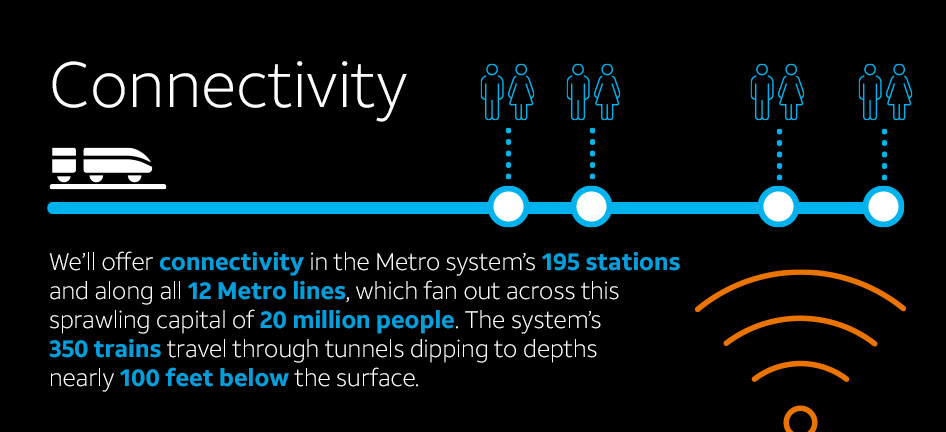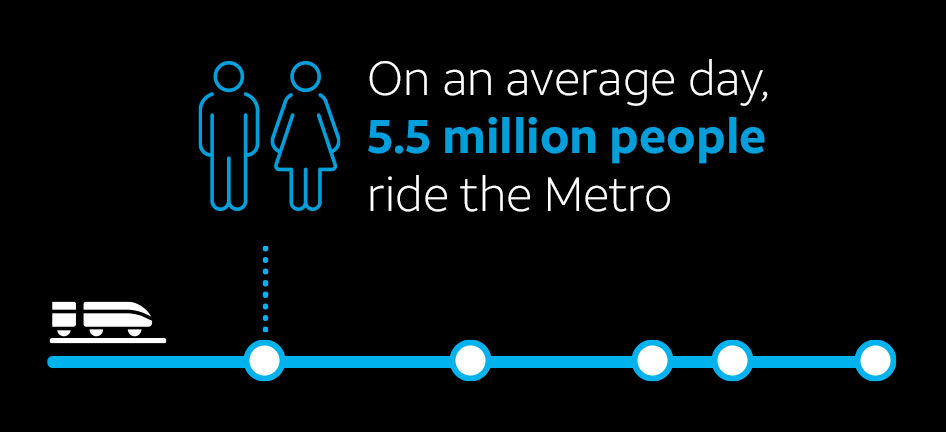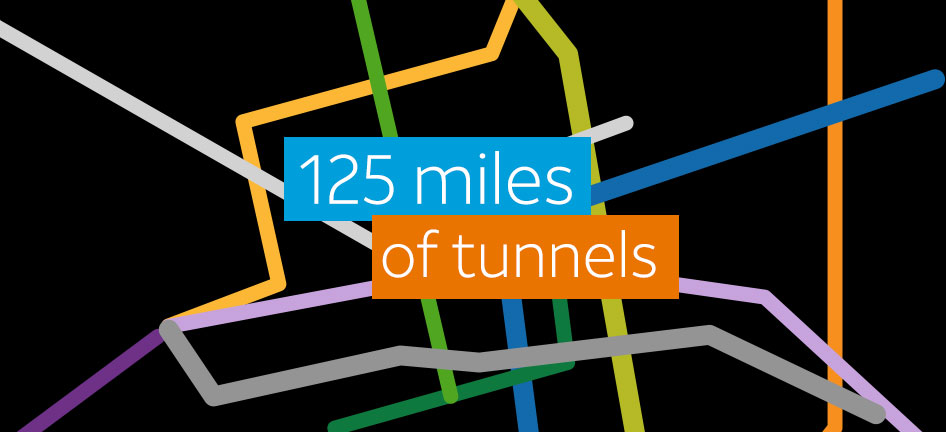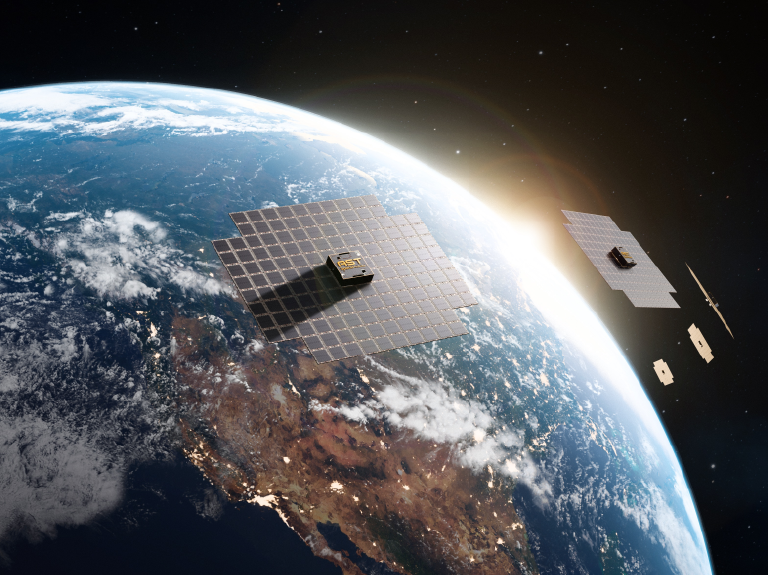Next Stop: Connectivity! AT&T to Connect Mexico City Subway Riders
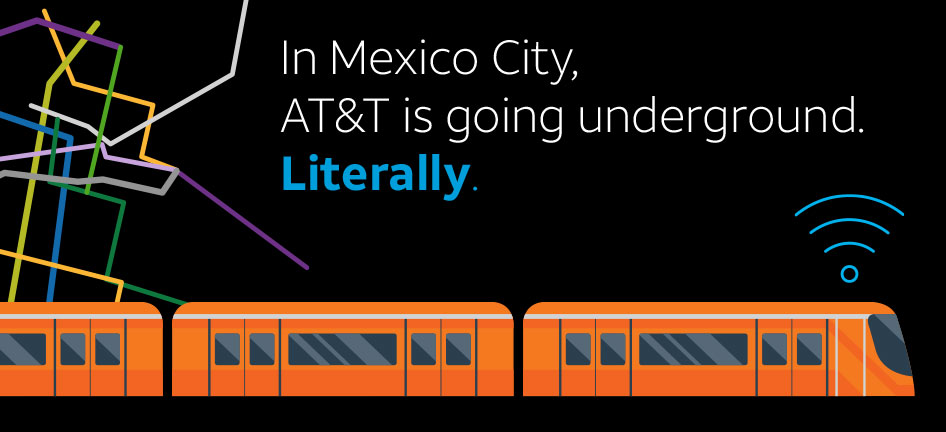
By Andy Morgan, AT&T Newsroom
In Mexico City, AT&T is going underground. Literally.
In a few weeks, AT&T in Mexico will begin building a fiber-fed network to provide 4G LTE and Wi-Fi service throughout the massive Mexico City Metro subway system.
We’ll offer connectivity in the Metro system’s 195 stations and along all 12 Metro lines, which fan out across the sprawling capital of 20 million people. The system’s 350 trains travel through tunnels dipping to depths nearly 100 feet below the surface.
“Today, the connections in the Metro system are not very good or there’s no connection at all,” said Carlos Sanchez, AT&T in Mexico chief technology officer. Sanchez is overseeing the 3-year project.
“We came here in 2015 to deploy a 4G LTE network that will become an engine for innovation, social development and economic growth,” he said. “Our Mexico network above ground now reaches 78 million people. But in Mexico City, a sizable portion of the population uses the Metro.”
With 125 miles of tunnels, this Metro is considered the world’s 4th largest subway system and the largest in Latin America.
On an average day, 5.5 million people ride the Metro. And it’s not unusual for riders to be aboard between 1 and 2 hours each day.
Once completed, the Metro network will offer free Wi-Fi to all riders on 11 of the 12 lines. AT&T customers will have 4G LTE service across the entire system.
“They’re going to have the same high-quality network, the same capabilities that they have on the surface,” Sanchez said. “If you spend an hour in the subway every day, that hour -- from a customer perception standpoint -- is going to change dramatically.”
Sanchez, who grew up in Venezuela and has worked in 6 countries for AT&T, including the U.S., started working for AT&T in Mexico in early 2015. A year ago, he and many others began talking to Mexico City and Metro officials about the underground 4G LTE network.
On March 9, Mexico City’s mayor, Dr. Miguel Angel Mancera Espinosa, executives of AT&T in Mexico and the head of the Metro system signed the agreement launching the project.
Nearly 1,000 AT&T employees and contractors will start installing network equipment in the stations and tunnels in May, Sanchez predicts. He describes the configuration as a “distributed cell site.”
We’ll install fiber in the tunnels. Larger, network gear will be housed in the stations. Radio equipment will connect to antennas in the tunnels and on the trains.
The teams will first tackle Metro Lines 7, 3 and 1, which Sanchez described as the toughest. Line 7 is the deepest, running some 100 feet below the surface. And Lines 3 and 1 have the largest number of riders, with about 700,000 people a day on each line.
What also makes the entire project more daunting is that AT&T crews will have to work when the trains are idle – from around midnight to 4 a.m.
AT&T crews in the tunnels will undergo extensive safety checks every night coming and going. Before leaving, crews will have to thoroughly clean and check their workspaces within the tunnels to help ensure the trains run safely.
“We’ll probably end up with about 3 hours of work a night,” Sanchez said. “I’m hoping after working on the first line, we’ll learn a lot, and then we can adjust our practices to speed things up.”
Despite the challenges, Sanchez seems almost unfazed.
“Providing service to 5.5 million people a day is like covering a whole other city, only this one is underground,” he said. “But here, density is part of the deal. And while this is a special project, it’s just part of what we’re doing here. 2017 is a year when we’ll start deploying IoT projects and more.
“We had a competitive disadvantage that we’ve been able to reduce significantly,” said Sanchez, snapping his fingers. “We move fast, speedy. We’re the small carrier here, so keeping the pace (snap, snap) is important. There’s a lot of the right chemistry on our team. That’s been kind of the secret sauce for reaching the point where we are now.”
